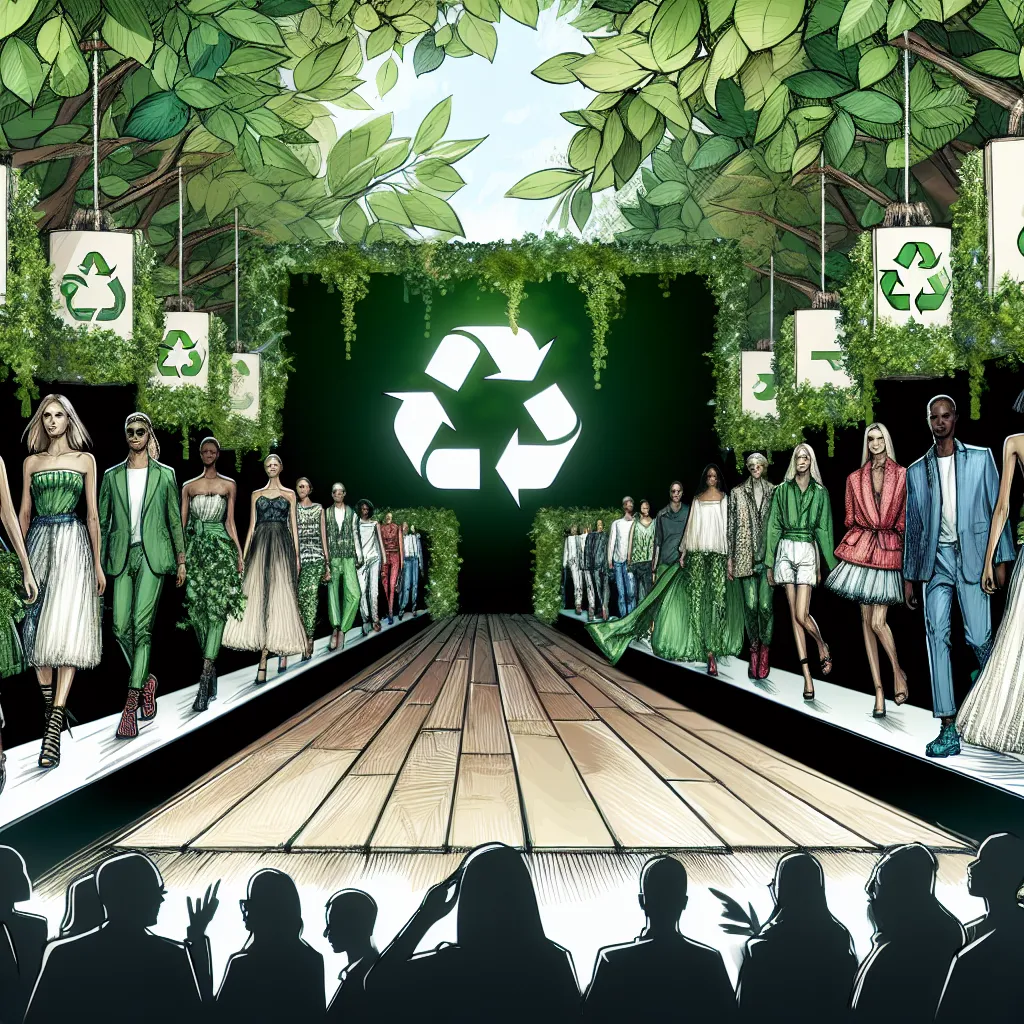The Shift Towards Ethical and Eco-Friendly Fashion
In recent years, there has been a significant shift towards ethical and eco-friendly fashion as consumers become more aware of the environmental and social impact of the clothing industry. This trend is driven by a growing demand for transparency and sustainability in the fashion supply chain. As a result, fashion brands are increasingly embracing ethical practices, such as using organic and sustainable materials, reducing waste in production, and ensuring fair labor practices.
Ethical fashion is not just a trend, but a movement towards a more responsible and conscious approach to clothing consumption. Consumers are seeking out brands that prioritize environmental and social responsibility, leading to the rise of sustainable fashion. The fashion industry is responding to this shift by introducing eco-friendly processes, such as upcycling, recycling, and reducing water and energy usage in production.
Furthermore, the rise of ethical and eco-friendly fashion has led to the emergence of innovative sustainable materials, such as biodegradable fabrics and alternative textiles made from recycled materials. This has opened up new possibilities for creative and environmentally conscious fashion design, catering to the increasing demand for stylish yet sustainable clothing.
As the shift towards ethical and eco-friendly fashion continues to gain momentum, it is evident that sustainability has become a key focus for the fashion industry. This shift is not only transforming the way fashion is produced and consumed but also redefining the standards of what it means to be a responsible and forward-thinking fashion brand in today’s world.
Innovations and Technology Shaping Sustainable Fashion
As the fashion industry continues to evolve, innovations and technology play a crucial role in shaping sustainable fashion. From advanced fabric recycling techniques to the use of 3D printing in creating eco-friendly designs, the intersection of fashion and technology is driving significant changes in the way clothing is produced and consumed.
One of the key innovations in sustainable fashion is the development of new eco-friendly materials. This includes the use of innovative fabrics such as Piñatex, a material made from pineapple leaves, and Tencel, a fiber derived from wood pulp. These materials not only reduce the environmental impact of clothing production but also offer unique textures and appearances, appealing to the growing market of eco-conscious consumers.
Furthermore, technology has enabled significant advancements in the field of textile recycling. With the adoption of state-of-the-art recycling processes, manufacturers can now efficiently repurpose old garments into new textiles, reducing the need for virgin materials and minimizing waste. Additionally, the emergence of blockchain technology is being explored to increase transparency in the fashion supply chain, allowing consumers to trace the origins and sustainability credentials of the products they purchase.
3D printing is also revolutionizing sustainable fashion by enabling intricate designs with minimal waste. Designers can create custom-made clothing and accessories using 3D printing, minimizing overproduction and the associated environmental impact. This technology opens up new possibilities for creating one-of-a-kind, sustainable fashion items that align with the principles of circular economy and minimal environmental footprint.
In conclusion, the integration of innovations and technology is driving a shift towards a more sustainable future in the fashion industry. With a focus on eco-friendly materials, advanced recycling techniques, and cutting-edge production methods, sustainable fashion is becoming an increasingly prominent trend that addresses the environmental and social challenges associated with traditional clothing manufacturing.



